Take a Virtual Tour of the Mercedes-Benz Museum
See the history of Mercedes-Benz and how it shaped transportation.
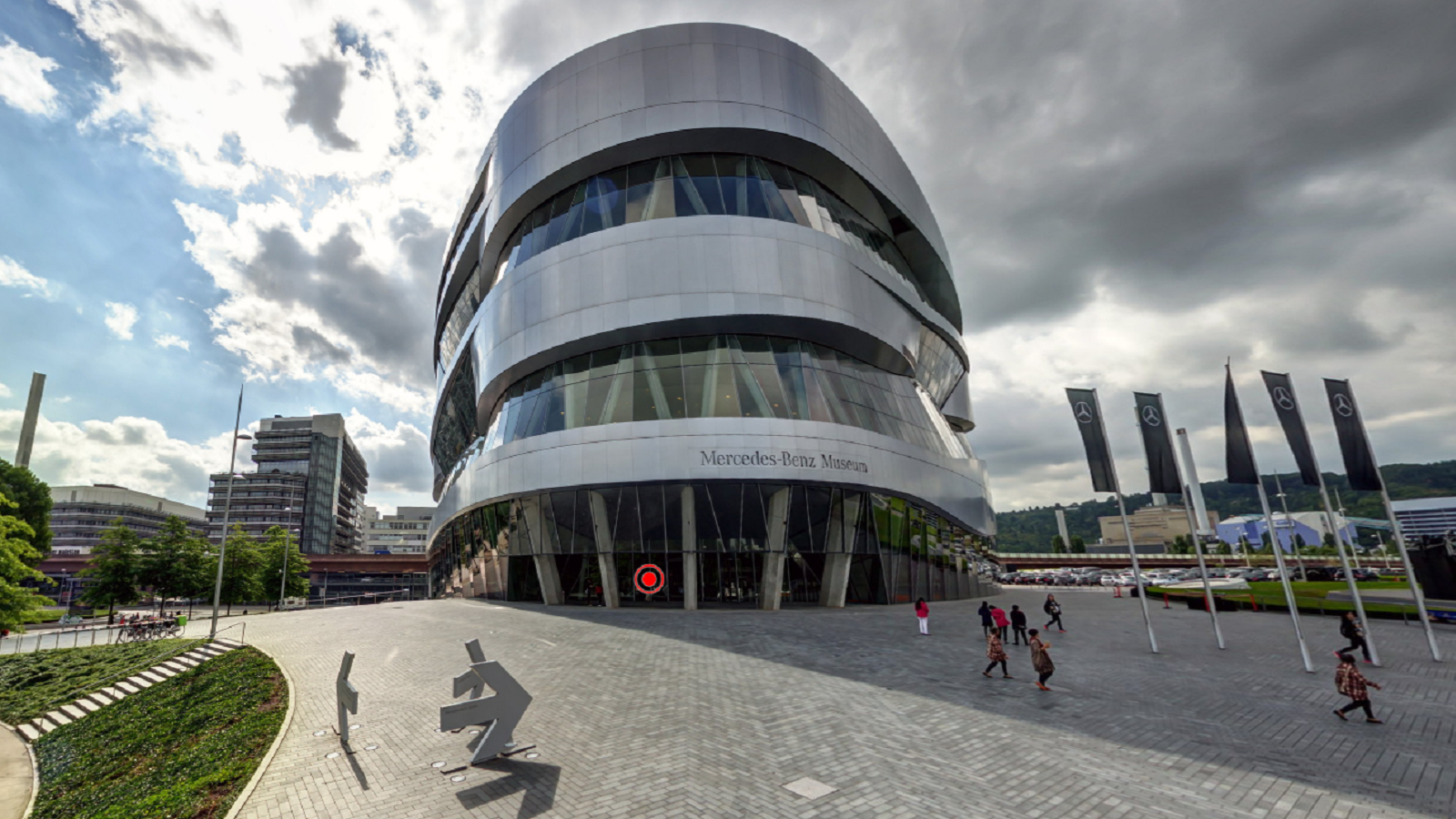
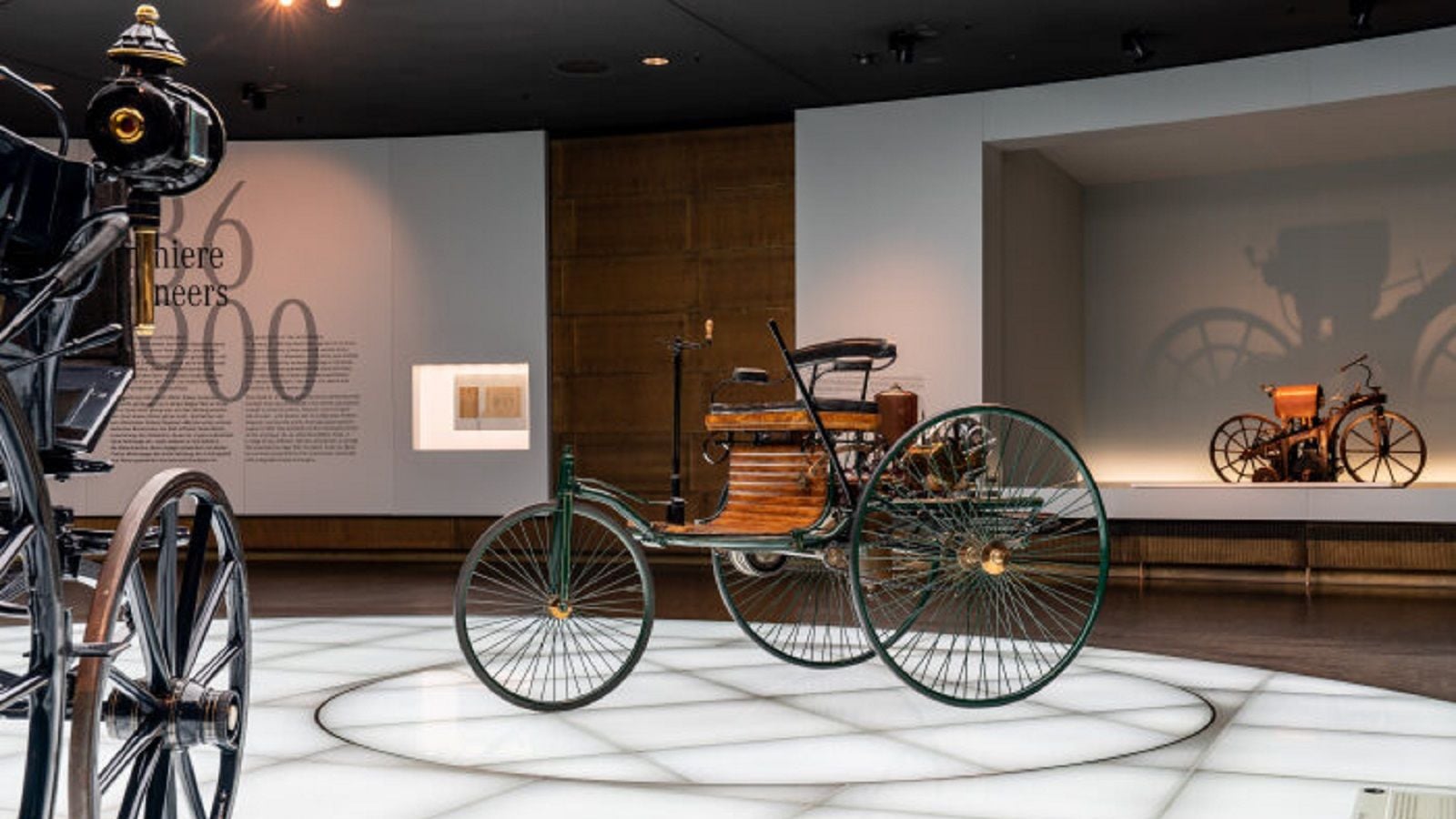
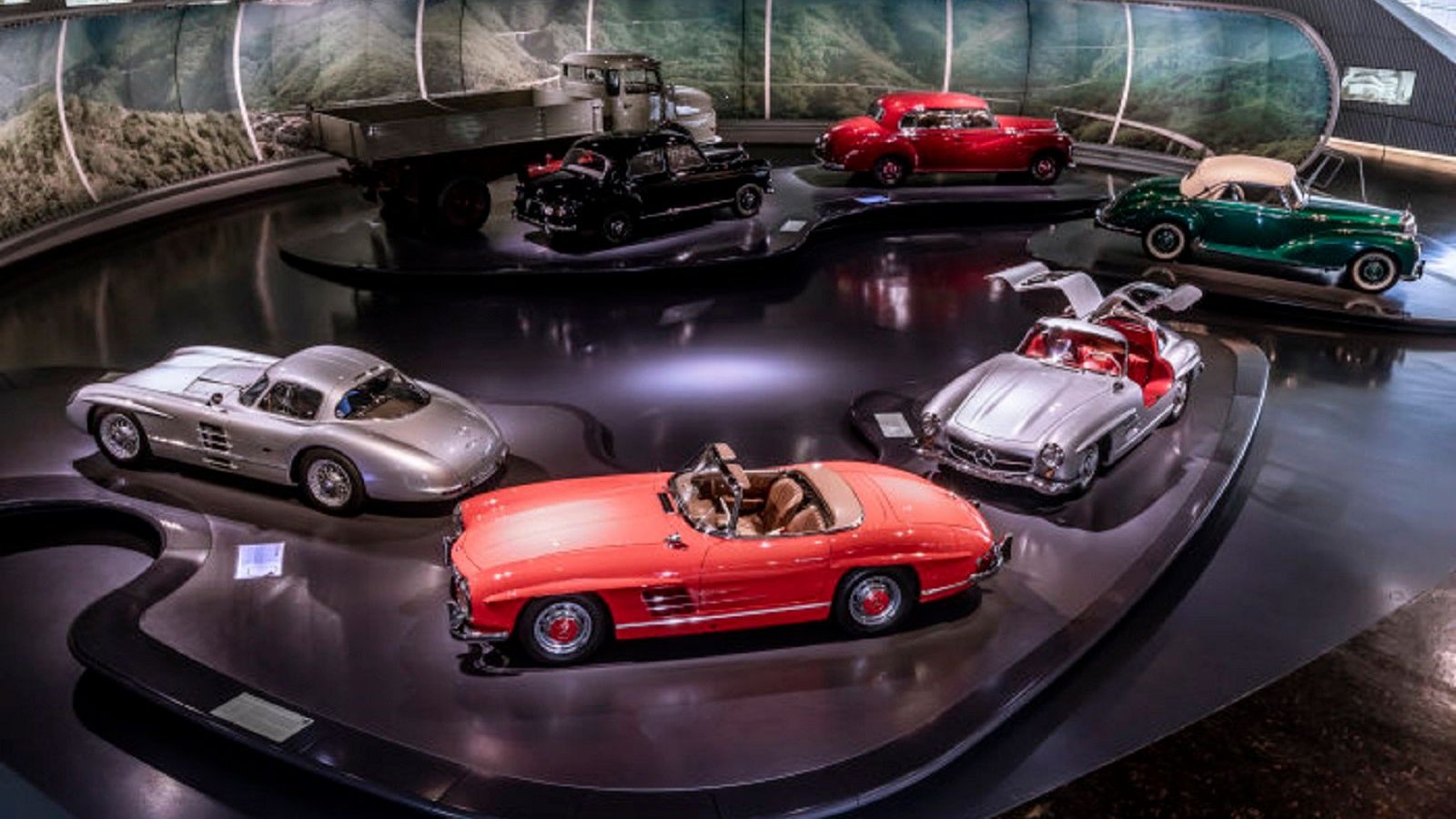

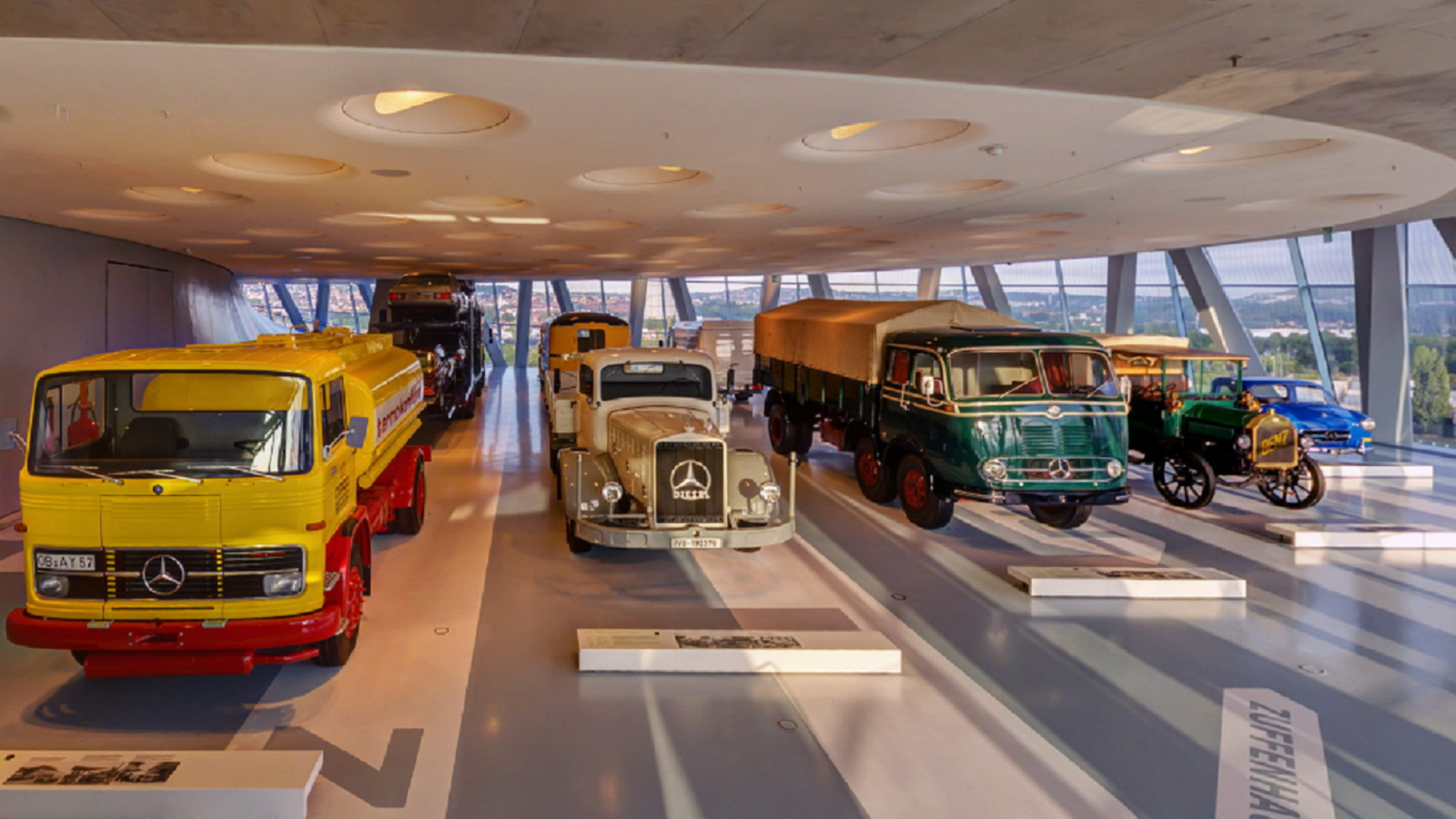

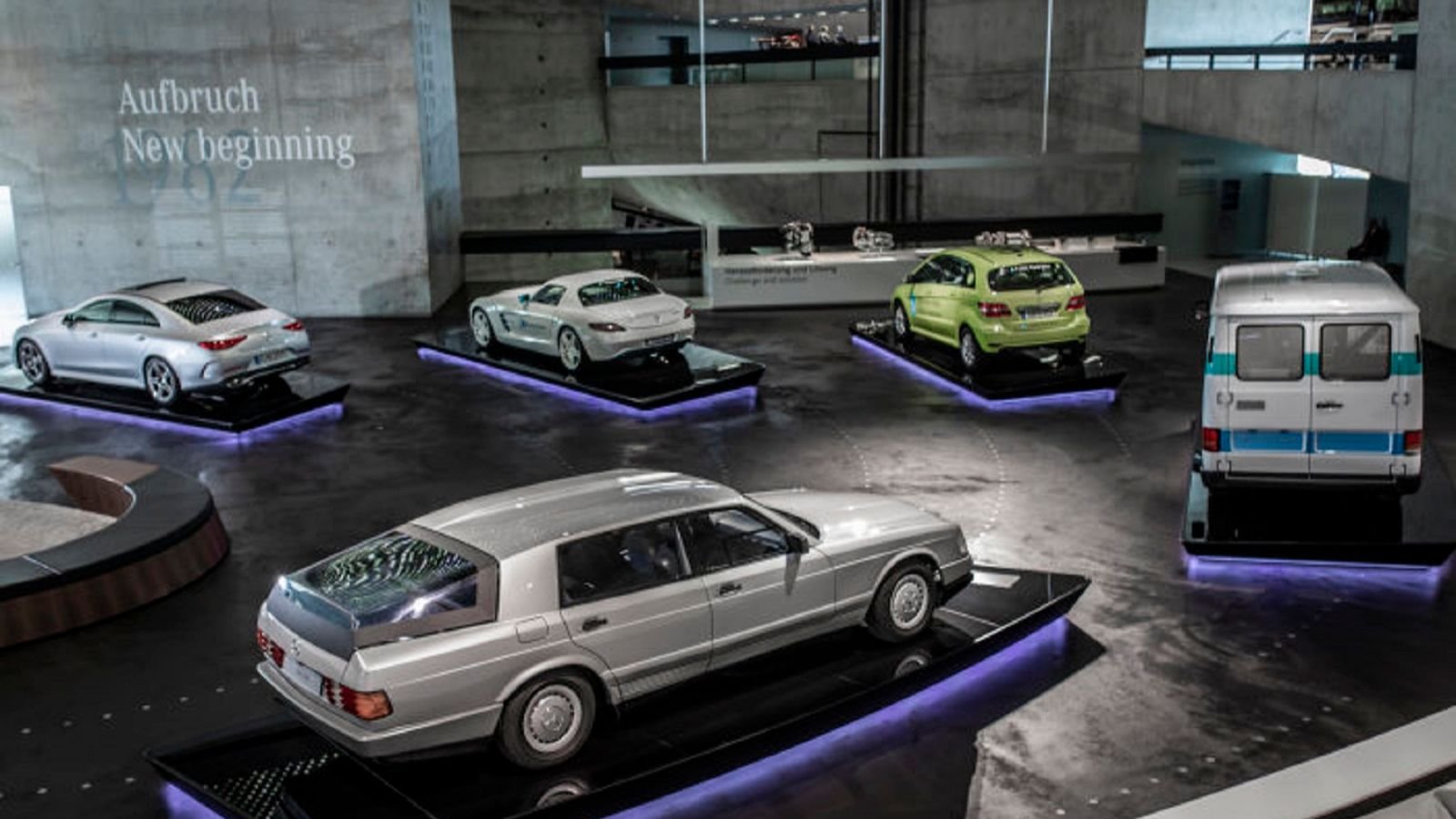







A Virtual Tour of the Mercedes-Benz Museum
Most of us will never be lucky enough to tour the Mercedes-Benz Museum in Stuttgart, Germany. But did you know you can take a virtual tour? The free online tour with guide Pádraic Ó Leanacháin lets you discover the highlights of the Mercedes-Benz Museum. You can also explore the museum with 360° images. All you need is a computer or smartphone!
Photos: Mercedes-Benz Museum
The Original Benz
Carl Benz developed the world's first gasoline-engined automobile in 1886. Unlike Daimler's motorized carriage, the Benz motor car was a completely integrated chassis and engine. Carl Benz designed the car as a three-wheeler because he was not satisfied with the steering systems available for four-wheeled vehicles. Powered by a 1 cylinder engine displacing 58 cubic inches, his car reached a top speed of 10 mph.
Photos: Mercedes-Benz Museum
Post War Revival of the Three-Point Star
Mercedes-Benz cars were always premium vehicles made with uncompromising quality. The three-pointed star attracts buyers who want quality, comfort, longevity, and elegance. After World War II, Mercedes-Benz designers recognized the changing world. They ushered in a new era in form and design while retaining all of those original attributes. The designs of their cars mixed practically designed elements with style providing transportation while being objects of aspiration.
Photos: Mercedes-Benz Museum
Silver Arrows
The museum would not be complete without showcasing the many successful Mercedes-Benz race cars. Racing is an important part of the Mercedes-Benz story. Ever since the first automobile race in 1894, Mercedes-Benz has used racing as a means to showcase its cars' performance and reliability. The company’s racing history is founded on the legendary Silver Arrows that have dominated motorsports. At the museum, you can see many of the important Silver Arrows from the beginning of the 20th Century to the present day.
Photos: Mercedes-Benz Museum
Mercedes-Benz Trucks
When you picture a Mercedes-Benz, you probably think of a silver convertible or a big sedan or SUV. But they have a long history of making trucks. Since 1926 when the L1 was introduced, they have produced large commercial trucks. They also pioneered the use of diesel engines in trucks, beginning with their six-cylinder engine. Even today, Mercedes-Benz produces trucks for all sorts of applications, from light, purpose-built vehicles for fire and rescue, to heavy transport trucks that haul freight.
Photos: Mercedes-Benz Museum
Safety Has Long Been a Priority
Safety has always been a priority for Mercedes-Benz. But beginning in the 1960s, its engineers made safety a focal point for all of their passenger vehicles. People like Béla Barényi led the development of the passenger safety cell, increasing the car's structural rigidity and adding protection for crashes and rollovers. Other milestones include developing the anti-lock braking system (ABS) and the airbag. These are all features we take for granted today, but Mercedes-Benz pioneered them over forty years ago.
Photos: Mercedes-Benz Museum
The Road to Emission-Free Mobility
The 1980s marked the beginning of great social and political changes. Increased environmental awareness, the end of the Cold War, and globalization presented new challenges. Mercedes-Benz responded to these challenges with innovative technical solutions. Internal combustion engines become cleaner and more efficient. They researched the development of alternative propulsion systems like battery-electric power and fuel cells. Today the company is opening up new markets, working to build and expand sustainable infrastructures, and developing new mobility concepts. Mercedes-Benz invented the automobile and is passionate about its emission-free future.
Photos: Mercedes-Benz Museum
>>Join the conversation about the Mercedes-Benz museum right here in MBWorld.org
For help with your maintenance and repair projects, please visit our How-to section in the forum.
